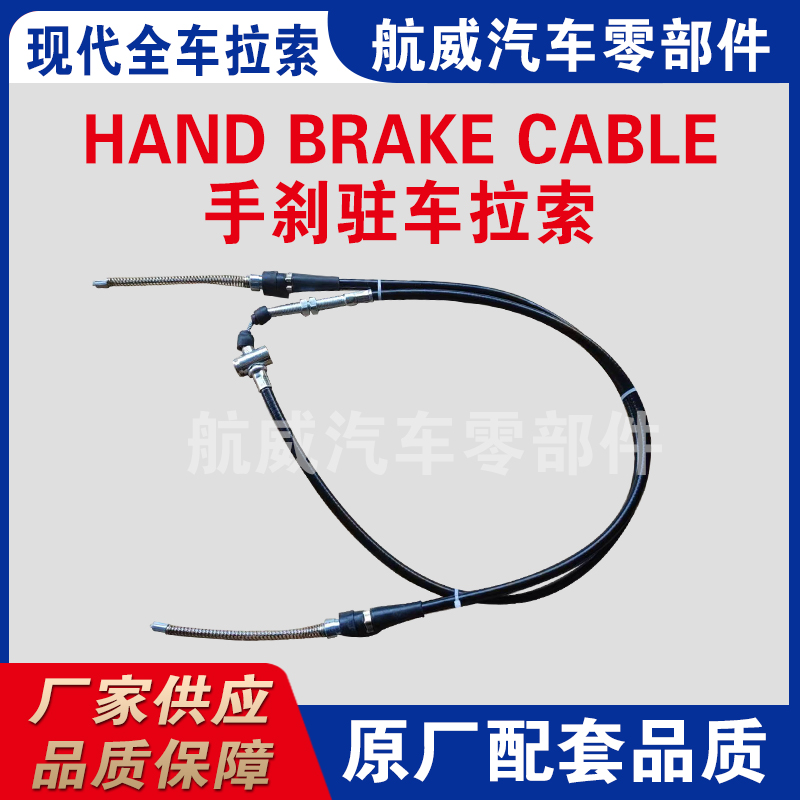Understanding Push and Pull Throttle Cables for Effective Vehicle Control
Understanding Push and Pull Throttle Cables A Critical Component in Mechanized Control
In the intricate world of mechanical systems, throttle cables play a pivotal role in modulating engine performance and functionality. Among the various types of throttle cables, push and pull throttle cables are essential components that ensure effective control over machinery, from automobiles to various industrial applications. Understanding these cables and their significance can shed light on their crucial role in today's engine dynamics.
Throttle cables function as a connector between the throttle pedal or lever and the throttle body of an engine. They can be categorized primarily into two types push cables and pull cables. Each type has its unique operational mechanism and is suited for specific applications, yet both serve the same fundamental function—controlling the engine's air intake, thereby regulating power output.
Push Throttle Cables
Push throttle cables operate by transferring force from the control point (like a pedal or lever) to the throttle body through a push mechanism. When an operator pushes the throttle pedal, the cable transmits this action linearly, causing the throttle body to open and allow a greater volume of air (and consequently fuel) to enter the engine. This action results in increased power output. Push cables are often used in applications where the throttle control requires a straightforward and efficient transfer of force, making them suitable for a variety of vehicles and machinery.
Pull Throttle Cables
push and pull throttle cable

Conversely, pull throttle cables work on a different principle. When the operator pulls the throttle lever or pedal, the cable pulls on the throttle body to open it. This mechanism is particularly effective in applications where space is constrained or where direct access to the throttle body is limited. Pull cables are common in motorcycles and some older automobiles, where the design allows for a more responsive throttle control that can enhance the overall driving experience.
Choosing Between Push and Pull Cables
The choice between using push or pull throttle cables depends largely on the design and requirements of the machine in question. Factors such as space availability, desired response time, and the specific mechanical design of the throttle system will influence this decision. In many modern vehicles, a blend of both types may even be utilized to optimize performance and efficiency.
Conclusion
In conclusion, push and pull throttle cables are crucial components in controlling engine performance across various mechanical systems. Understanding their function and integration can significantly impact the efficiency and effectiveness of machinery. As technology advances and engine designs evolve, the role of these cables will continue to adapt, highlighting their importance in the dynamic landscape of modern engineering. Proper maintenance and timely replacement of these cables can help ensure optimal engine performance, safety, and responsiveness, making them indispensable in any mechanical system.
-
Upgrade Your Vehicle with High-Quality Handbrake CablesNewsNov.01,2024
-
Optimize Your Bike's Performance with Quality CablesNewsNov.01,2024
-
Enhance Your Vehicle's Performance with Quality Clutch ComponentsNewsNov.01,2024
-
Elevate Your Vehicle's Performance with Quality Throttle CablesNewsNov.01,2024
-
Elevate Your Vehicle's Performance with Quality CablesNewsNov.01,2024
-
Affordable Solutions for Your Cable NeedsNewsNov.01,2024
